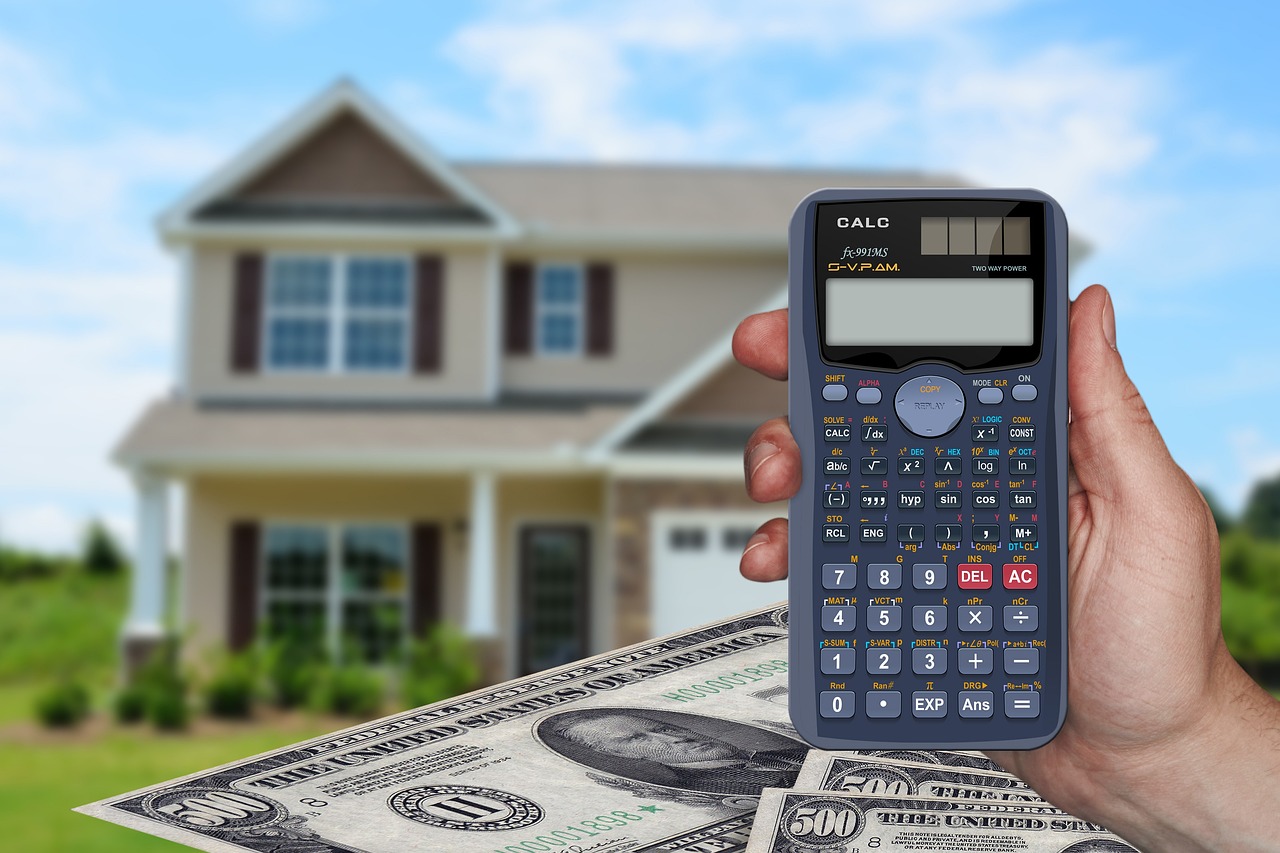Estimate Your Home's Value: A Practical Valuation Guide
Want a reliable estimate of your home's market value? This guide walks you through how location, size, condition, and market trends shape price, and compares online estimators, CMAs, and licensed appraisals. Learn which method fits buying, selling, refinancing, or renovation planning and discover improvement projects that tend to boost resale value.

Estimate Your Home’s Value: A Practical Valuation Guide
Knowing how much your home is worth matters whether you’re preparing to sell, refinancing, buying, or simply tracking your net worth. Property value combines hard data—like square footage and lot size—with buyers’ preferences and local market dynamics. This guide explains the main drivers of home value, practical ways to estimate it, when to hire a professional appraiser or agent, and which upgrades commonly improve resale appeal.
What influences a property’s worth
A home’s price reflects both objective features and subjective desirability. Key attributes include location, lot dimensions, total living area, bedroom and bathroom counts, and the general condition of the structure. Interior upgrades—such as a renovated kitchen, modern bathrooms, or energy-efficient systems—can increase appeal and command higher offers, though how much they add depends on what buyers in your neighborhood expect.
Broader neighborhood factors also matter: school quality, nearby employment options, local amenities, and planned infrastructure projects can push values up or down. Most markets are governed by supply and demand: constrained inventory with strong buyer interest typically raises prices, while excess supply or population declines can exert downward pressure.
Quick estimates: online tools and automated values
If you need a fast ballpark, online home value estimators (often called AVMs—automated valuation models) are a convenient starting point. These tools aggregate public records and recent sales to produce instant estimates based on location, square footage, and comparable transactions.
Automated results are useful for an initial check, but they can miss recent improvements, unusual floor plans, or condition issues that only an on-site review would reveal. Treat these figures as a range rather than a single definitive price.
Local insight: Comparative Market Analyses (CMAs)
For a more nuanced market view, ask a local real estate agent for a Comparative Market Analysis. A CMA compares your home with recently sold, pending, and active listings nearby, adjusting for differences like size, age, upgrades, and condition. Because agents know buyer preferences and which comps truly match your property, a CMA provides a realistic listing range—especially helpful when pricing to sell.
The value of a licensed appraisal
A licensed appraiser delivers one of the most authoritative valuations. Appraisers perform on-site inspections, evaluate condition and features, and analyze comparable sales and current market trends to produce a formal report. Lenders commonly require appraisals during mortgage and refinance transactions to ensure the loan is supported by the home’s market value.
Homeowners may also order an appraisal for estate planning, to confirm equity before listing, or to inform major renovation decisions. While appraisals cost more than free online tools, they provide a defensible, documented estimate.
How market trends and the economy shape prices
Real estate moves with the economy. Interest rates affect buyer affordability: lower mortgage rates usually expand the pool of qualified buyers and can push prices higher, while rising rates reduce purchasing power and can cool demand. Employment levels, wage growth, and consumer confidence also influence how many people can and will buy.
Local developments change buyer perception as well. New transit options, business growth, or school improvements often enhance demand; conversely, factory closures or rising vacancy can weaken it. Monitoring recent sales activity in your area gives a clearer sense of direction than national headlines alone.
Renovations and maintenance that typically add value
Although you can’t control macroeconomic forces, targeted work can increase appeal and resale price. High-impact projects frequently include kitchen and bathroom updates, which often deliver strong returns. Energy-efficient upgrades—modern HVAC, double-pane windows, or solar installations—can attract buyers and provide long-term cost savings that factor into the perceived value.
Routine upkeep preserves value: fixing roofing, plumbing, or foundation issues promptly prevents deterioration that would detract from offers. Curb appeal matters too—simple investments like landscaping, exterior paint, and tidying entrances create favorable first impressions and can help secure higher bids. Before investing, check comparable properties in your price tier so improvements align with buyer expectations.
| Tool Type | Provider | Features |
|---|---|---|
| Online Calculator | Zillow Zestimate | Uses public records and a proprietary algorithm to estimate value |
| Online Calculator | Redfin Estimate | Incorporates MLS data for many properties and local sales |
| Professional Service | Local Real Estate Agents | Provides Comparative Market Analysis (CMA) tailored to neighborhood sales |
| Professional Service | Licensed Appraisers | Offers in-person inspections and formal appraisal reports |
Prices, rates, or cost estimates mentioned are based on the latest available information and may change over time. Independent research is advised before making financial decisions.
Picking the right method for your situation
If you only need a quick reality check, start with an online estimate to set expectations. Planning to list? A CMA from a neighborhood agent adds market-specific insight and helps set a competitive asking price. When lenders are involved or you require an authoritative value, order a licensed appraisal.
For the best perspective, combine approaches: review automated estimates, examine recent comparable sales, and consult a professional when accuracy matters. Keep records of upgrades, permits, and maintenance to share with agents or appraisers so unique features aren’t overlooked.
Understanding a home’s value blends data analysis with local market knowledge. By identifying the main drivers, using the appropriate valuation tools, and investing in the right improvements, homeowners can more confidently estimate worth and make informed choices whether buying, selling, refinancing, or renovating.






